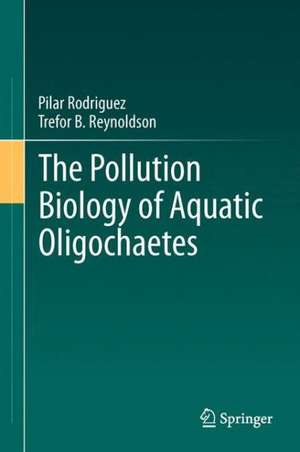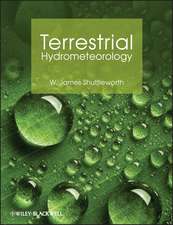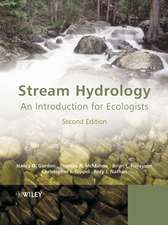The Pollution Biology of Aquatic Oligochaetes
Autor Pilar Rodriguez, Trefor B. Reynoldsonen Limba Engleză Paperback – 16 oct 2014
| Toate formatele și edițiile | Preț | Express |
|---|---|---|
| Paperback (1) | 639.41 lei 6-8 săpt. | |
| SPRINGER NETHERLANDS – 16 oct 2014 | 639.41 lei 6-8 săpt. | |
| Hardback (1) | 643.34 lei 6-8 săpt. | |
| SPRINGER NETHERLANDS – 31 aug 2011 | 643.34 lei 6-8 săpt. |
Preț: 639.41 lei
Preț vechi: 752.24 lei
-15% Nou
Puncte Express: 959
Preț estimativ în valută:
122.37€ • 127.28$ • 101.02£
122.37€ • 127.28$ • 101.02£
Carte tipărită la comandă
Livrare economică 14-28 aprilie
Preluare comenzi: 021 569.72.76
Specificații
ISBN-13: 9789400797802
ISBN-10: 940079780X
Pagini: 276
Ilustrații: IX, 265 p.
Dimensiuni: 155 x 235 x 14 mm
Greutate: 0.39 kg
Ediția:2011
Editura: SPRINGER NETHERLANDS
Colecția Springer
Locul publicării:Dordrecht, Netherlands
ISBN-10: 940079780X
Pagini: 276
Ilustrații: IX, 265 p.
Dimensiuni: 155 x 235 x 14 mm
Greutate: 0.39 kg
Ediția:2011
Editura: SPRINGER NETHERLANDS
Colecția Springer
Locul publicării:Dordrecht, Netherlands
Public țintă
ResearchCuprins
Introduction.-
Taxonomy of Aquatic Oligochaetes.-
Ecology and field studies.-
Toxicology and laboratory studies.-
Bioaccumulation and trophic transfer.-
Methodological issues.
Taxonomy of Aquatic Oligochaetes.-
Ecology and field studies.-
Toxicology and laboratory studies.-
Bioaccumulation and trophic transfer.-
Methodological issues.
Textul de pe ultima copertă
In aquatic ecosystems, the oligochaetes are often a major component of the community. Their relevance in sediment quality assessment is largely related to their benthic and detritivorous life habit. In this book, we aim to present the state of the art of Pollution Biology using oligochaete worms in laboratory and field studies. Future research will require the combination of a variety of methodological approaches and the integration of the resulting information, avoiding fragmented and often conflicting visions of the relationships of the species with their environment. Current approaches to ecotoxicology and bioaccumulation using ecological risk assessment provide the opportunity to relate community studies with probability of effects.
This book addresses three main themes: Ecological and Field Studies using the composition and structure of oligochaete communities, Toxicology and Laboratory Studies, and Bioaccumulation and Trophic Transfer Studies. Two appendices list values of toxicological parameters (LC50, EC50) and several bioaccumulation variables (bioaccumulation factors, biological half-life, toxicokinetic coefficients, and critical body residues) for different oligochaete species. Additional information is provided on Methodological Issues and on the Taxonomy of several oligochaete families, with information on the most recent taxonomic debates. Each chapter includes a critical view, based on the authors’ experience, of a number of current issues which have been raised in the literature.
This book addresses three main themes: Ecological and Field Studies using the composition and structure of oligochaete communities, Toxicology and Laboratory Studies, and Bioaccumulation and Trophic Transfer Studies. Two appendices list values of toxicological parameters (LC50, EC50) and several bioaccumulation variables (bioaccumulation factors, biological half-life, toxicokinetic coefficients, and critical body residues) for different oligochaete species. Additional information is provided on Methodological Issues and on the Taxonomy of several oligochaete families, with information on the most recent taxonomic debates. Each chapter includes a critical view, based on the authors’ experience, of a number of current issues which have been raised in the literature.
Caracteristici
First book devoted to the pollution biology of aquatic oligochaetes. First book devoted to field community studies, ecotoxicity and bioaccumulation of aquatic oligochaetes. Helpful book for those working in environmental agencies and research laboratories with pollution biology, and in risk assessment of polluted sediments.






